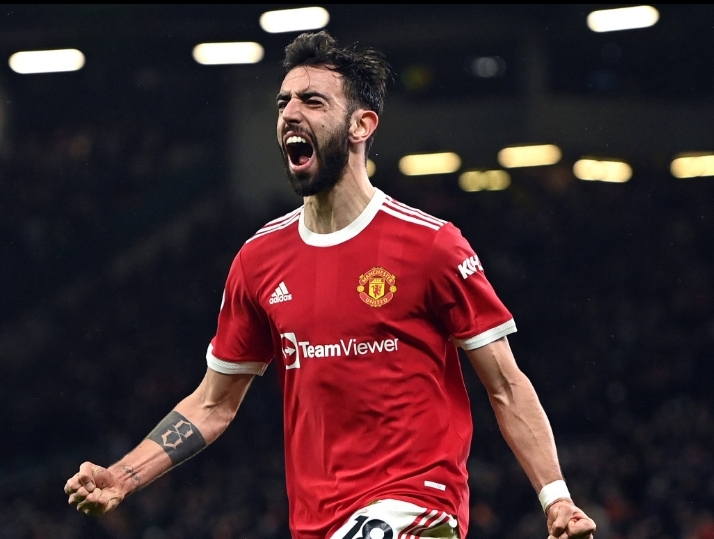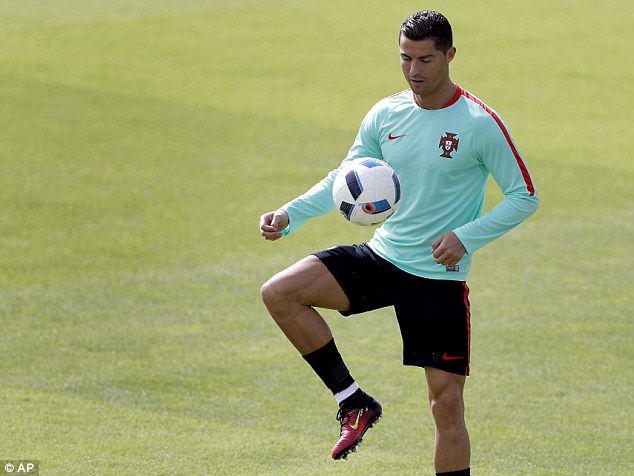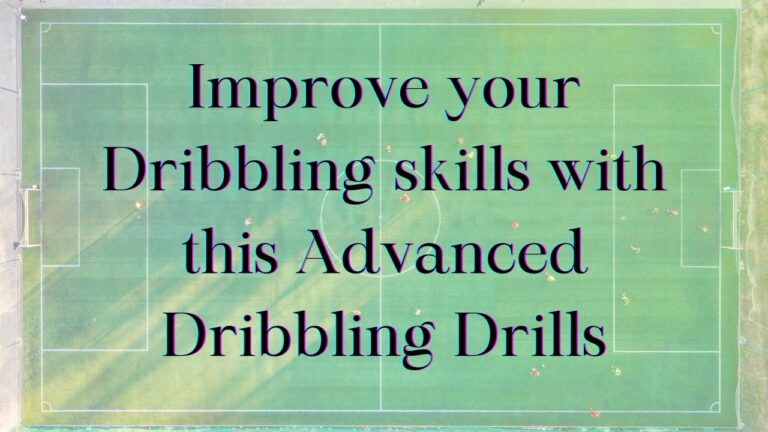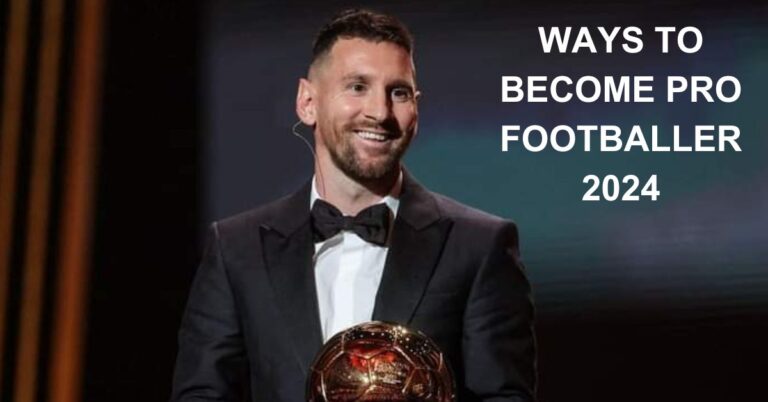Overview of the Midfielder Position
The midfielder is one of the most important positions on a football team. They are crucial in both attacking and defending by linking play between the defenders and forwards. There are several types of midfielders, each with their roles and attributes:
Defensive Midfielders: Their main duty is to protect the defense, win possession, and prevent attacks. They need strength, aggression, tackling skills, and tireless stamina to cover the ground. Some key attributes are marking, positioning, intercepting passes, and starting counterattacks after winning the ball.
Central Midfielders: These well-rounded players control the tempo of the game by distributing passes and maintaining possession. They require excellent vision, short passing accuracy, composure on the ball, and tactical intelligence to dictate the flow of play.
Attacking Midfielders: Playing closest to the forwards, their job is chance creation and providing killer passes. They combine technical skills, creativity, dribbling, shooting, and goal-scoring instincts. Playing between the lines, they unlock defenses with through balls.
Mastering the technical, physical, and mental side of midfield play is crucial. Let’s explore in depth the key areas for midfielders to train to dominate on the pitch.
Physical Training
Physical fitness is hugely important for midfielders who need to cover a tremendous amount of ground each match. Their fitness training should focus on:
Improving Cardiovascular Endurance
– Long-distance running, tempo runs, and fartleks to build aerobic stamina
– High-intensity sprints and intervals to boost acceleration and top speed
– Fitness tests to measure VO2 max and set targets for improvement
Building Strength and Power
– Squats, deadlifts, and lunges to develop lower body strength
– Single leg exercises to strengthen each limb evenly
– Olympic lifts like cleans to generate power and explosiveness
Increasing Agility and Quickness
– Ladder drills, hurdles, and cones exercises to sharpen footwork and change of direction
– Box jumps and depth jumps for developing reactive power
– Footwork patterns moving side to side, backward, and spinning
Enhancing Balance and Coordination
– Training with medicine balls and stability balls
– Proprioception exercises like wobble boards
– Core strength routines to stabilize the body
Midfielders should tailor their programs to their strengths and weaknesses. For example, defensive midfielders may want additional sprint endurance while attacking mids can focus more on agility.
Technical and Tactical Training
In addition to physical attributes, midfielders need to spend considerable time honing their touch, technique, and tactical awareness on the field. Key areas to focus on include:
Mastering Passing
– Drills to refine short, long, and through-passing accuracy
– Quick one-touch and give-and-go passing combinations
– Hitting cross-field switches of play and diagonal balls
Improving Ball Control and Dribbling
– Drills to perfect the first touch and bring down aerial passes cleanly
-Moves like stepovers, feints, and fakes to beat defenders 1v1
Developing Shooting Technique
– Accuracy shooting drills with both feet from a distance
– Volleys, half-volleys, and finishing from crosses and cutbacks
– Set piece delivery from corners and free kicks
Learning Tactical Discipline
– Maintaining proper defensive team shape and pressing triggers
– Understanding positioning and partnerships with teammates
– Studying tactics like overlapping runs and two-man combinations
Sharpening Vision and Spatial Awareness
– Scanning the field frequently to see passing options
– Recognizing gaps in the defense to exploit
– Analyzing the movement of attackers to link up with
Technical mastery separates the elite midfielders from the average. Matching this with tactical knowledge and decision-making allows midfielders to control matches.
Position-Specific Training
While all midfielders need a well-rounded skillset, their training should also focus on their particular roles on the pitch.
Defensive Midfielders
– Tackling drills to perfect slide and stand-up challenges
– Shielding the defense 1v1 and tracking runners
– Positioning to cut off passing lanes and win possession high up
Central Midfielders
– Quick combination play and linking with attackers
– Switching the point of attack and dictating the tempo
– Weighted through balls to set up scoring chances
Attacking Midfielders
– Running at defenders in isolated situations
– Shooting after turning in tight pockets of space
– Playing quick one-twos and overlaps to get in behind
Wide Midfielders/Wingers
– Beating fullbacks with pace and fooling them with step-overs and fakes
– Accurate crossing and cutbacks from the flanks
– Tracking back to fulfill defensive duties
Training in their specific roles allows midfielders to gain confidence and add qualities that make them stand out, whether it’s gritty defending or moments of creative brilliance.
Integrating With the Team
While individual development is crucial, midfielders must also blend into the larger team unit. This involves:
– Building chemistry with teammates through passing drills and shape work
– Understanding the manager’s style, system, and expectations
– Learning midfield partnerships and rotations, such as the #6 and #8 roles
– Combination plays like overlaps on the wing or give-and-goes through the lines
– Communicating and moving into space to provide passing outlets
– Providing defensive cover for fullbacks pushing upfield
– Balancing going forward with maintaining shape at the back
– Celebrating goals and successes as a united team
By complementing teammates, midfielders perform at a higher level than the sum of their parts. Connecting passes, staying compact, and moving together seamlessly allow midfield units to control matches.
Important Skills to Practice
In addition to position-specific training, every midfielder should practice these core skills:
Heading
– Attacking headers to score or pass from crosses
– Defensive headers to clear crosses and long balls
– Performing jumps and neck strength exercises
Crossing
– Whipping in early crosses from wide areas
– Drilling low hard crosses along the six-yard box
– Accuracy drills to pick out runs and hit targets
1v1 Skills
– Beating defenders off the dribble with step-overs and feints
– Changing pace and direction quickly in tight spaces
– Shielding the ball when under pressure
Shooting
– Scoring corkscrew free kicks over the wall
– First-time volleys and side-foot finishing
– Long-range shooting after dribbling inside
Practicing these abilities provides midfielders with more tools in their skill set to adapt and thrive in match situations. Well-rounded midfielders capable of multiple things on the pitch give their team a tremendous advantage.
Fitness and Injury Prevention
While training hard is necessary, footballers must be smart about their fitness programs to avoid injuries. Some tips include:
– Performing proper warm-ups and cool-downs before and after sessions
– Stretching routinely to increase flexibility – this helps prevent muscle strains
– Closely monitoring hydration and nutrition intake
– Not overtraining or overusing the same muscle groups
– Listening to warning signs from your body like pain or fatigue
– Getting adequate rest and recovery between training sessions
– Using techniques like cryotherapy, compression, and massage for muscle recovery
– Taping or bracing vulnerable joints as a preventative measure
– Varying high-intensity and lower-intensity training days
Midfielders should also communicate with coaches about any developing issues or nagging pains so they can be treated early before turning into major injuries. Having good injury hygiene extends careers.
Off-Field Best Practices
To complement on-pitch training, midfielders should adopt these off-field habits:
Watching Game Film: Study tactics, positioning, and decision-making in your matches
Visualization: Picture yourself succeeding during training for added confidence
Mental Preparation: Prepare yourself properly before matches and training
Rest and Recovery: Get enough sleep and take rest days for your body to recover
Healthy Lifestyle: Ensure proper nutrition and avoid activities like excessive drinking
Positive Mindset: Believe in your abilities and embrace challenges as learning experiences
Continuous Learning: Attend coaching clinics and learn from top midfielders
By training the mind as well as the body, midfielders put themselves in the best position to sustain success. A positive but hungry mentality breeds excellence over complacency.
Conclusion
Becoming an elite footballer midfielder requires dedication to improve both physical attributes and technical skills. Athletes aspiring to reach the top must commit to intensive training across all areas.
Physically, midfielders need endurance, strength, speed, and agility. Technically, they must master passing, shooting, ball control, and 1v1 moves. Tactically, they have to read the game, understand positioning, and make smart decisions.
Midfielders who are willing to work tirelessly to improve their all-around game can achieve their soccer dreams. With the right preparation and mindset, the sky is the limit.
Related Post: How to Become a Better Winger in Soccer







